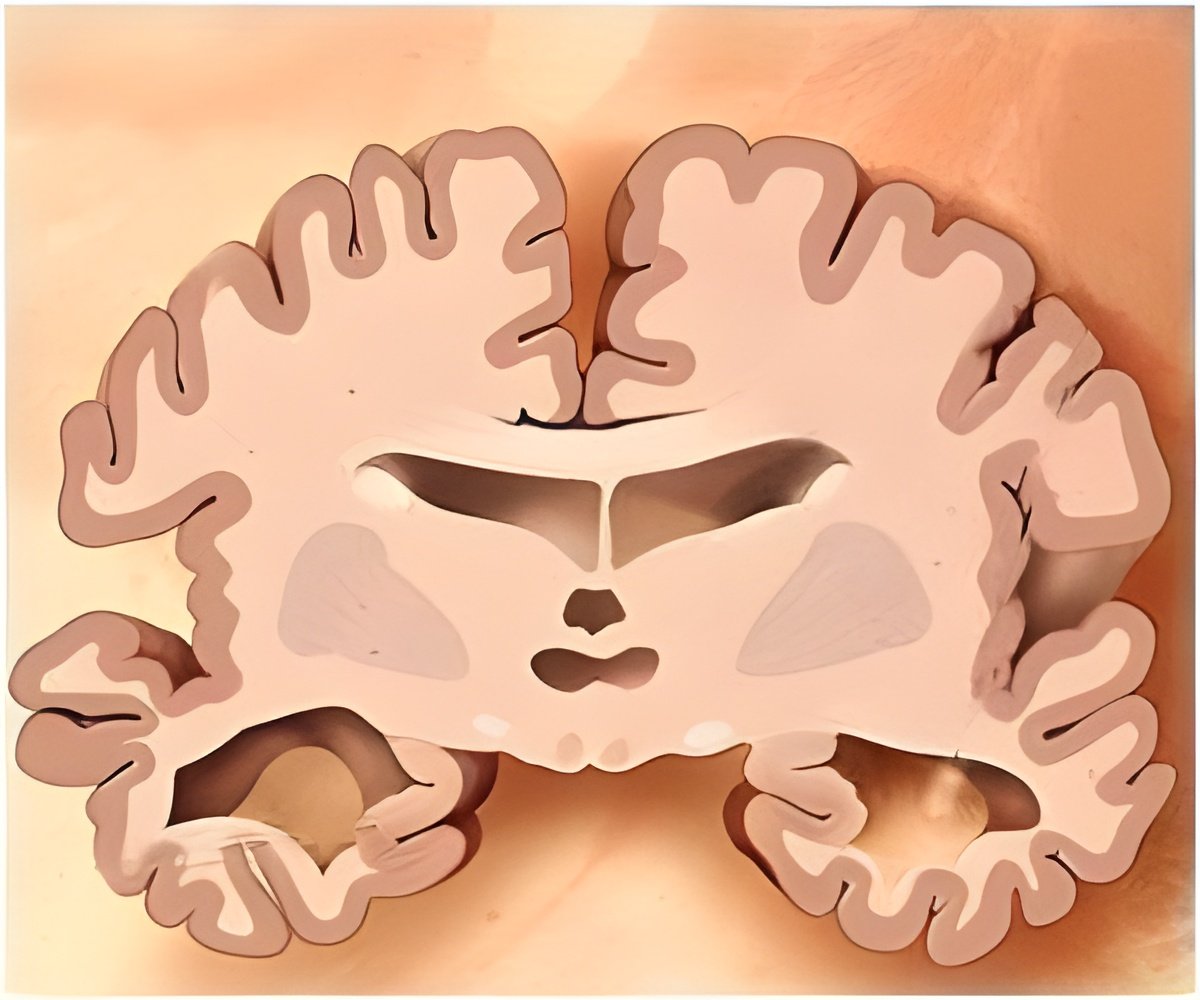
The Abeta protein is composed of a sequence of amino acids, much like "a pearl necklace composed of 20 different combinations of different colors of pearl," Teplow said. One form of Abeta, Abeta40, has 40 amino acids, while a second form, Abeta42, has two extra amino acids at one end.
Abeta42 has long been thought to be the toxic form of Abeta, but until now, no one has understood how the simple addition of two amino acids made it so much more toxic then Abeta40.
In his lab, Teplow and his colleagues used computer simulations in which they looked at the structure of the Abeta proteins in a virtual world. The researchers first created a virtual Abeta peptide that only contained the last 12 amino acids of the entire 42–amino-acid-long Abeta42 protein. Then, said Teplow, "we just let the molecule move around in a virtual world, letting the laws of physics determine how each atom of the peptide was attracted to or repulsed by other atoms."
By taking thousands of snapshots of the various molecular structures the peptides created, the researchers determined which structures formed more frequently than others. From those, they then physically created mutant Abeta peptides using chemical synthesis.
"We studied these mutant peptides and found that the structure that made Abeta42 Abeta42 was a hairpin-like turn at the very end of the peptide of the whole Abeta protein," Teplow said.
Advertisement
Hopefully, the work of the Teplow laboratory presents what may the most relevant target yet for the development of drugs to fight Alzheimer's disease, the researchers said.
Advertisement
Source-Eurekalert









